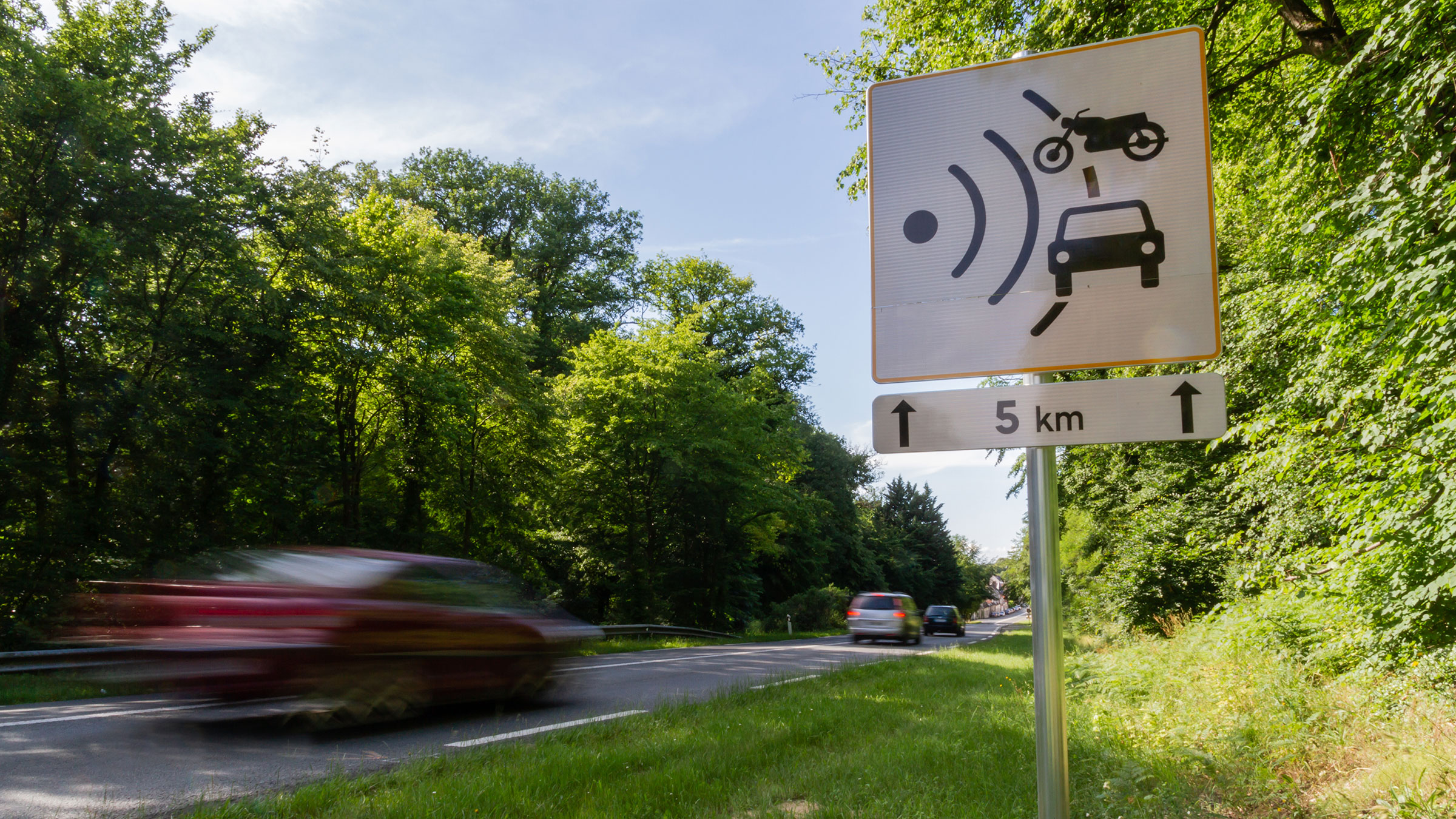Anti-braking and Cascade? Guide to understand the new DGT radars in 2022 and avoid fines

Radars are changing and the tricks that some drivers used to avoid fines no longer work. Do you know the different types that you can find today?
We must all circulate at the indicated speed, but it is also true that we know some of the practices that many drivers carry out with radars: go faster than allowed and brake just before passing one. However, that is going to end with the new radars.
As reported in Autobild, the Road Safety Strategy 2021-2030 wants to reduce road accidents through a series of measures that push drivers to be more cautious. For that is the installation of more effective radars, such as anti-braking and cascading.
It is planned that in 2022 Traffic will install at least 26 new radars in our country which will be added to the existing amount: 780 fixed, 545 mobile and 92 tranche. But how do the new radars that we are going to find change?
Anti-braking radars
The very name of these radars already shows their intention: to punish those who go above the speed allowed consciously and brake when approaching the radar to exceed it at the legal speed.
These radars are installed before the radar known to drivers and in case of sanction they will be those that prevail in the measurement of the speed. The distance at which they are placed on known radars can vary.
Cascading radars
Something similar happens with cascade radars, although with a slight difference to settle later to penalize drivers who have once passed a radar trust and They speed up thinking they won’t find any more control.
The objective of these advances is that drivers stop being aware of where the radars are, or the radar boxes, because many are empty. There will be those who instinctively continue to brake when they see one, but the idea is to keep it a constant speed within the law whenever you drive.
Reference-computerhoy.com